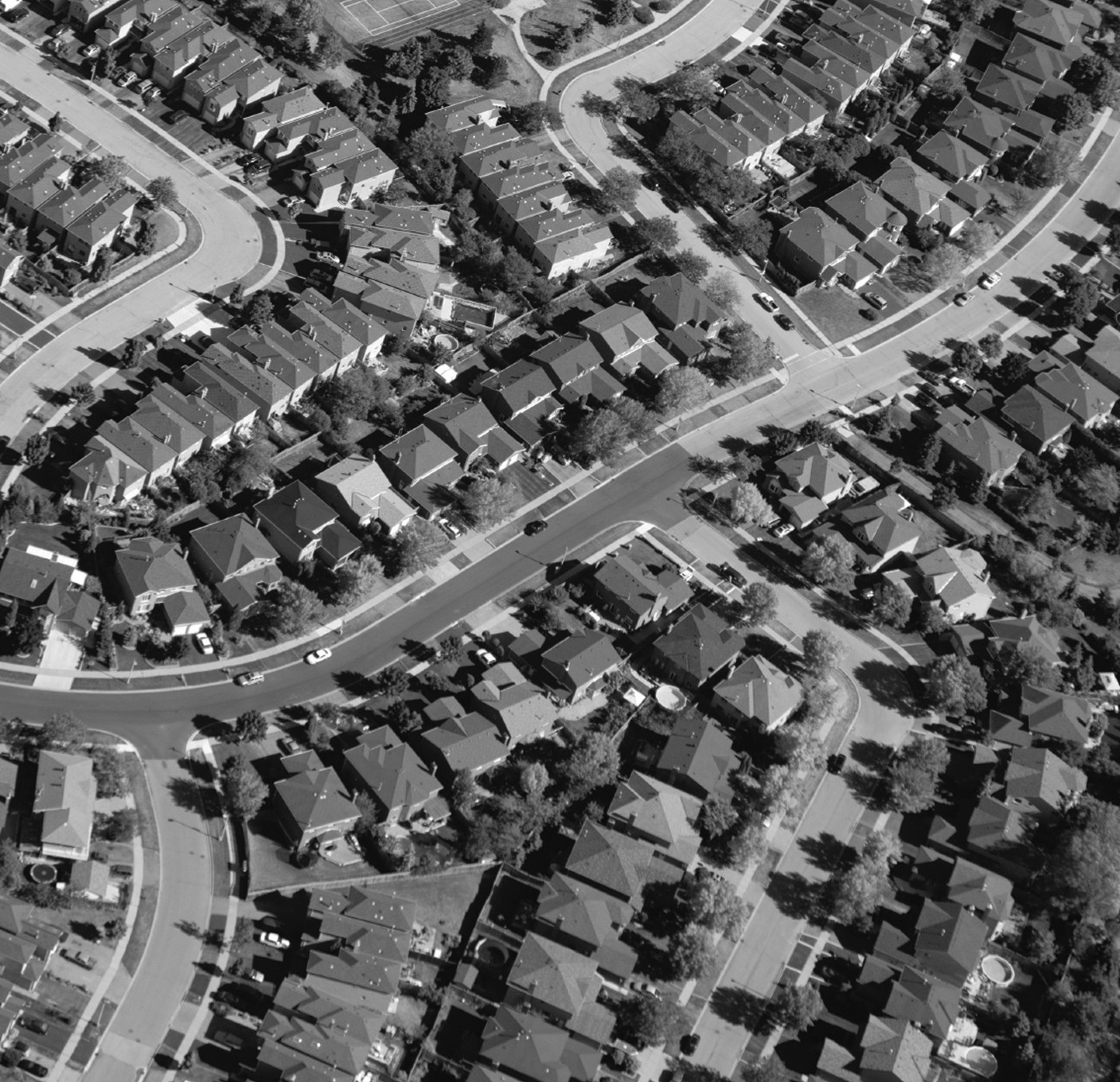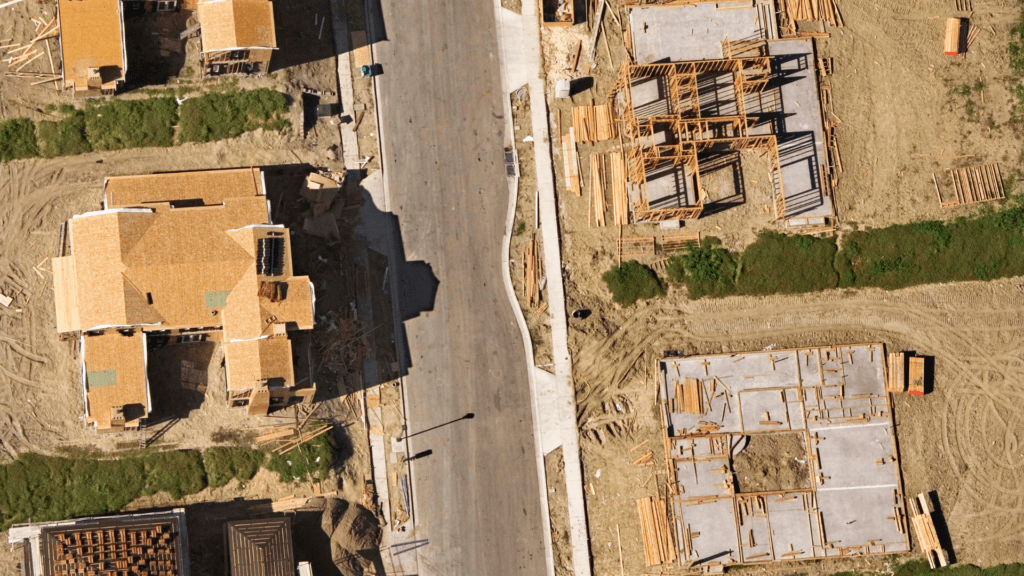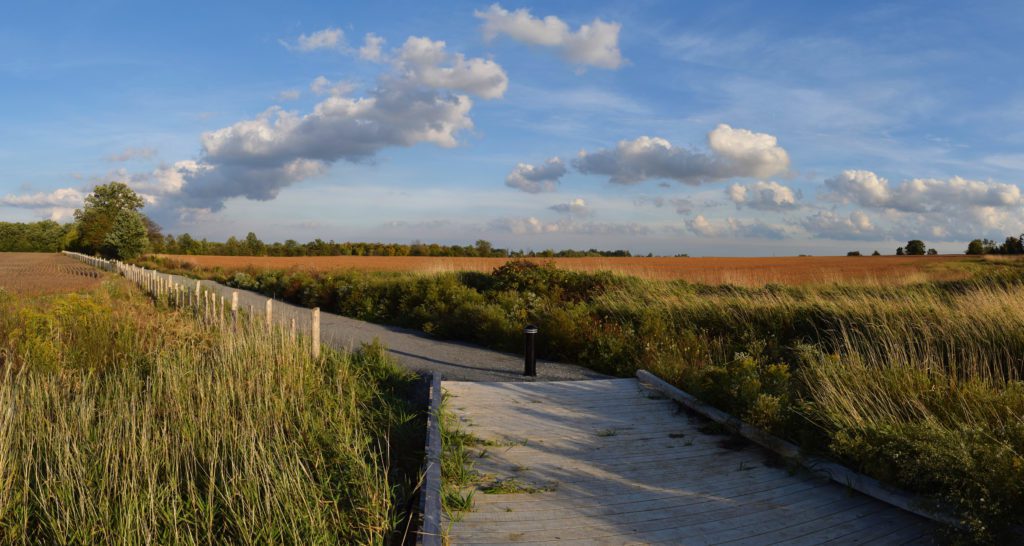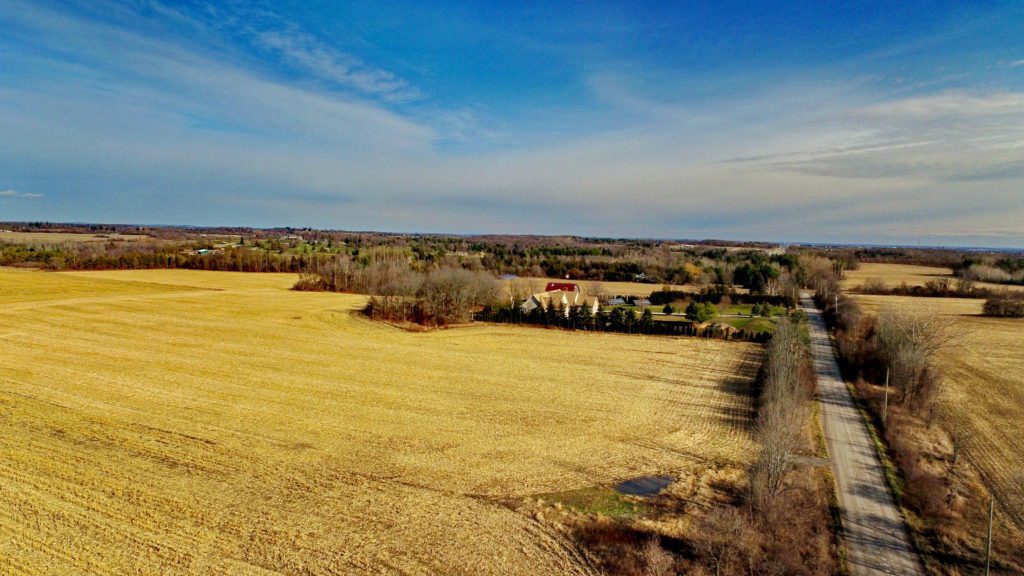(This blog is adapted from remarks delivered at the Environmental Defence gala on March 3rd, 2016.)
I would like to tell you a story about us. Not a story about Environmental Defence, but all of us who live in the Greater Toronto/Hamilton Area (GTHA) at this point in time.
Seventy years ago, southern Ontario was experiencing an economic boom. The car was newly affordable to most families. And urban planners and builders imagined, and then built, new far-flung suburbs with big lawns, big garages and big wide roads. No longer would we need to live crowded together downtown, they thought. The automobile will set us free.
400-series highways followed. More highways meant more places where more subdivisions could be built and that, in turn, meant the need for more highways.
These planners and builders believed this new urban form would be healthier, happier and more economically vibrant.
For a few decades, they were right. The new suburbs closely ringed the city, the car was a fast and direct way for parents to get to work, and kids played on those big lawns and in the backseats of the Mercury Marquis wagons and Dodge Monocos that filled the driveways.
But, by the ’80s signs of problems began to appear. The big highways became busier, the time to get to work got longer, the costs to cities and people got higher. Our best farmland, forests, streams and rural communities were swallowed by ever larger expanses of ever larger houses and the roads that linked them.
A cycle of debt followed for suburban cities as they tried to pay for sidewalks, sewer and water pipes, hospitals and schools to service these low-density developments. The quick fix was to get revenue from encouraging even more sprawl development, even if only made the problem worse in the long term.
New evidence also started to show we were damaging our health. Hours and hours of being stuck in our cars meant hours of inactivity, leading to obesity and other health challenges.
Most recently we realized that transportation, and cars in particular, had become the largest source of carbon emissions that are causing climate change.
But, a pattern had been established and now was hard to change. There were a lot of people making an awful lot of money turning fields and forests into housing and dirt roads into four lane suburban streets. And money talks and often it talked very successfully to elected officials.
But something happened by the late ’90s and early 2000s. Many people started to look up from their dashboards and realize that what we were doing was not working and doing more of it was not likely to lead to different results. The business community also looked at what was causing so much lost productivity and the answer was gridlock.
So 11 years ago, in a move that was as bold as it was needed, a newly elected Ontario government protected 1.8 million acres of farmland and environmentally sensitive natural areas in a new Greenbelt. At the same time, the government also created the Growth Plan — an innovative new approach to planning that encouraged cities to grow up and in, instead of out. And that was just the beginning.
This ends part 1 of the story. Click here for part 2 that looks at how we can continue to grow in smarter ways to create walkable, transit-friendly communities – places more of us actually want to live, which are better for taxpayers’ wallets, municipal finances and our environment.
Join us for Sprawl Brawl Round 3: Smart Growth vs. Sprawl on March 29, 2016, featuring Dianne Saxe, Ontario’s Environmental Commissioner







